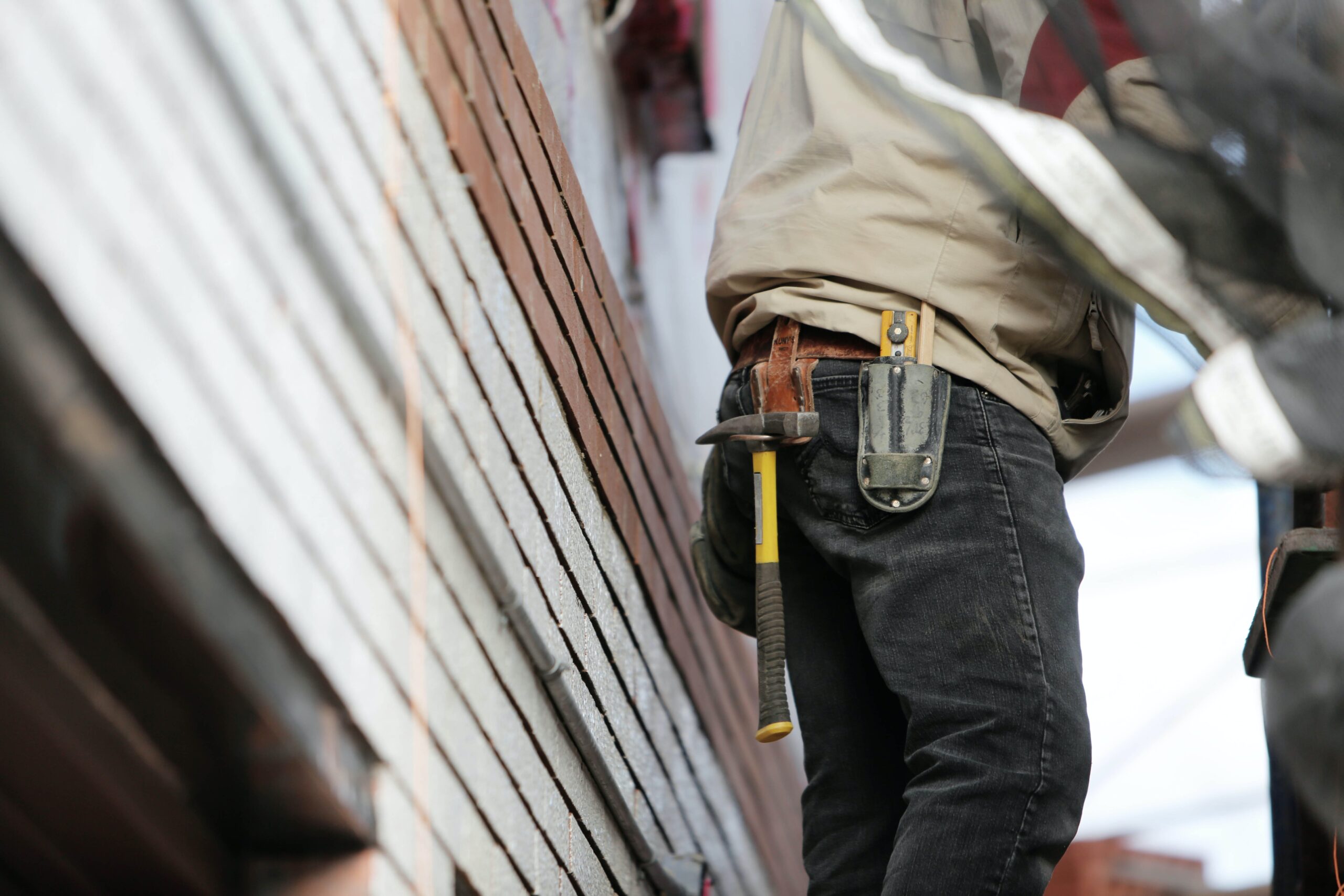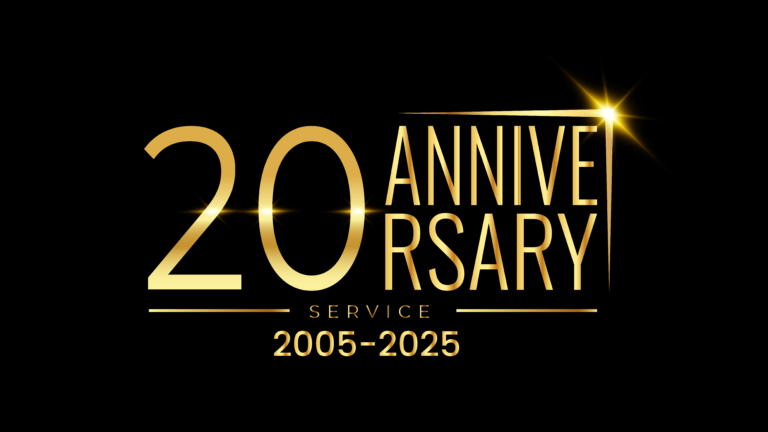Do you wait until it falls apart? Or do you do whatever you can to predict when things start to go wrong, then act before it happens? Reactive maintenance is one of a number of maintenance strategies, and it has some benefits.
Why is reactive maintenance important? Because it’s inevitable thanks to emergencies and situations beyond your control. It means you don’t spend money on maintenance unless you really need to, you don’t need to do any time consuming maintenance planning, use any resources, or tie up essential people unless it’s strictly necessary. On the other hand there are some serious downsides to leaving maintenance until it’s too late. Here’s what you need to know about reactive or breakdown maintenance, how it differs from other strategies, and the pros and cons of the approach.
What is Reactive Maintenance?
What is reactive maintenance? A good reactive maintenance definition is to ‘only maintain an item when it is strictly needed, at the point it breaks down or stops working’, whether it’s damaged or has simply failed.
Reactive Maintenance Challenges
There are several key challenges associated with the reactive maintenance approach. The biggest reactive maintenance challenges include budget control, resource inefficiencies, and unscheduled down time. Emergency repairs usually cost a lot more than planned repairs, which makes reactive maintenance the most expensive option. Shut-downs often happen at peak times, when a system or machine is working flat out, and that can cause all sorts of expense around business interruption. And because repairs have to be carried out fast, maybe even as an emergency, the costs can soon spiral. Add expensive external experts to the mix and the cost of leaving it too long could become a real issue.
Advantages and Disadvantages of Reactive Maintenance
Reactive vs Proactive Maintenance? It’s good to carefully figure out the advantages and disadvantages of reactive maintenance strategy before making a maintenance plan. Using reactive maintenance tactically is actually the right thing to do in some contexts. Take reactive building maintenance. As a building maintenance company you can easily find yourself juggling many different types of reactive building maintenance job as well as the regular tasks on your schedule. At times like this a sensible mix of proactive and reactive is probably the best strategy – you just need the software to make it all happen smoothly.
On the downside, a long, unexpected shut-down can damage a business’s bottom line, reputation and more. It can damage goods, for example when refrigeration equipment goes wrong. It can mean late deliveries, lost customers, and a damaged brand. When it’s a reactive job you can often pay through the nose for someone to fix it fast. You might end up paying maintenance staff overtime. Reactive maintenance means your assets are left to go downhill, so you don’t get the full benefit of your investment. Maintaining machinery before it fails boosts its life expectancy and makes it safer for people to use. Reactive maintenance is done under pressure, which increases the risk of mistakes. And time management goes out of the window. It makes a lot of sense to think very carefully about the different types of maintenance, and which suits your situation best.
Preventive Maintenance
There are various types of proactive maintenance, and preventive maintenance is different from reactive maintenance. Many of the objects we use every day need routine care. We change the oil in our cars, we update our computer operating systems and virus software, we do what’s needed to keep our belongings in good order. In the business world, this is called preventive maintenance. It doesn’t mean leaving things until it’s too late, it means knowing when it’s important to do something, and doing it at the relevant time. This is planned maintenance. It enhances the life of your assets, equipment, and infrastructure. It involves adjusting, cleaning, repairing, and replacing to fix small problems before they become bigger.
Predictive Maintenance
Predictive maintenance is condition-based. You carefully monitor the condition of your assets against informed baselines that let you predict when the asset will need maintenance, in an effort to prevent complete failure. While reactive maintenance is performed only when it’s needed, at the risk of expensive unscheduled downtime, predictive maintenance happens when a set of specific conditions are met, before the asset fails. How do they do it? Data analysis tools and techniques detect anomalies and possible defects, alerting you to fix them. All this means your maintenance frequency is as low as possible while preventing unplanned reactive maintenance, without the costs associated with preventive maintenance.
Why choose RedZebra?
The Red Zebra Field Service Management Software is beneficial in every context. It supports both reactive and proactive maintenance strategies which, together, create the perfect maintenance plan. Take a look at all the essential things Red Zebra’s popular software will do for your business, and get in touch if you’d like to talk through the possibilities.
Email sales@redzebrasoftware.com or call 01296 350350.

